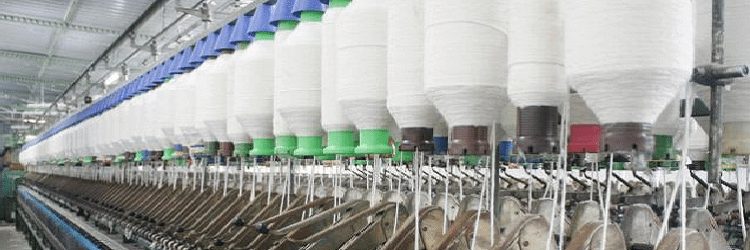
GST and textile: Good for natural fibres, not for manmade
Working out tax rates for different goods and services was a huge challenge for India’s Goods and Services Tax (GST) Council. The rates had to be fixed in line with various non-negotiable objectives. These included:
- Ensuring items did not become more expensive post-GST than they were before
- Assuring adequate mobilisation of revenues to maintain financial stability in state government
- Allowing important sectors of the economy to function smoothly by continuing to enjoy traditional incentives
With respect to the last objective, fixing tax rates for the textile sector was a formidable task. It is therefore hardly surprising that these rates were among the last to be announced by the council.
The textile industry is of critical significance to the Indian economy. Both textile products and apparels are important exports and major sources of foreign exchange.
The textile industry is also among the largest providers of employment, particularly female employment, and generates numerous jobs for households. The industry is dominated by small and micro enterprises at various levels of the value chain, including household enterprises that contribute substantively to textile industry production.
Intricate value chain
Characterised by an intricate value chain, the textile industry provides livelihoods to people at various levels, including those who work with fibres, such as spinners; those who make fabrics, such as weavers; and finally, at a more downstream level, various workers connected to the production of finished items, such as those who produce readymade apparels.
The nature of the textile value chain makes it evident that large parts of the industry are intrinsically informal and unorganised by nature, making it all the more challenging to conceptualise the appropriate tax structure.
Taxing cotton and other natural fibres
The pre-GST indirect tax regime kept taxes low on various textile items in order to encourage production, export, and employment. A significant part of the textile industry uses cotton fibre. In order to incentivise spinning and encourage greater production of cotton fabric, cotton fibre as a raw material has been traditionally exempt from central excise duty. As a result, the processors of cotton fibre were not entitled to input tax credit since they were not paying any taxes in the first place.
It was important for the GST Council to note the reasons for traditional tax exemptions in the textile industry and to keep tax rates for cotton fibre, as well as other natural fibres like silk and wool, as low as possible. Imposing higher taxes would have created some complications for fabric producers as, according to the GST’s ‘zero exemption’ principle, they would have had to pay higher taxes on fibre and claim a refund later. This would have increased their working capital requirements.
For fabric manufacturers processing natural textile fibres, the previous indirect tax structure entailed effective tax rates of around 5 percent or more. This was due to the presence of multiple taxes at different levels of the fibre-to-fabric manufacturing value chain, including state VAT and central sales tax. By fixing the tax rates of most fibres, such as cotton at 5 percent, the GST structure keeps the effective taxation on natural textile fabric low.
Some studies indicate that GST rates might be even lower than the previous rates for woollen and silk fabrics. Under GST, they are taxed at 5 percent, while their previous effective tax rate was around 8 percent. Indeed, silk and jute fabrics have become cheaper post-GST as these fibres are taxed at 0 percent.
Taxing manmade fibres
A distortion has been introduced in the GST system, however, through the ‘inverted’ duty structure on manmade fibres. Manmade fibre and synthetic yarn attract an 18 percent GST rate as compared to 12% excise duty, while the fabric produced from these fibres is taxed at 5 percent. This creates a situation where the input is taxed at a much higher rate than the final product.
While manmade fabric producers can claim refunds on the input taxes they pay, the cost of production will, nonetheless, have to factor into the initial payments, which might increase working capital requirements, the very situation the producers of natural fibre products will be able to avoid.
It is not clear why India’s GST Council imposed this sharp distinction in tax rates between natural and manmade fibres. However, the impact of this distinction is that natural fibre fabrics and products will likely become cheaper than their manmade fibre counterparts, and therefore have competitive advantages over manmade fibre products down the line.
Avalara is an experienced application service provider (ASP) and partner of authorized GST Suvidha Providers (GSPs). To understand how our cloud-based application, Avalara India GST, can help you with GST compliance automation, contact us through https://www.avalara.com/in/products/gst-returns-filing.


